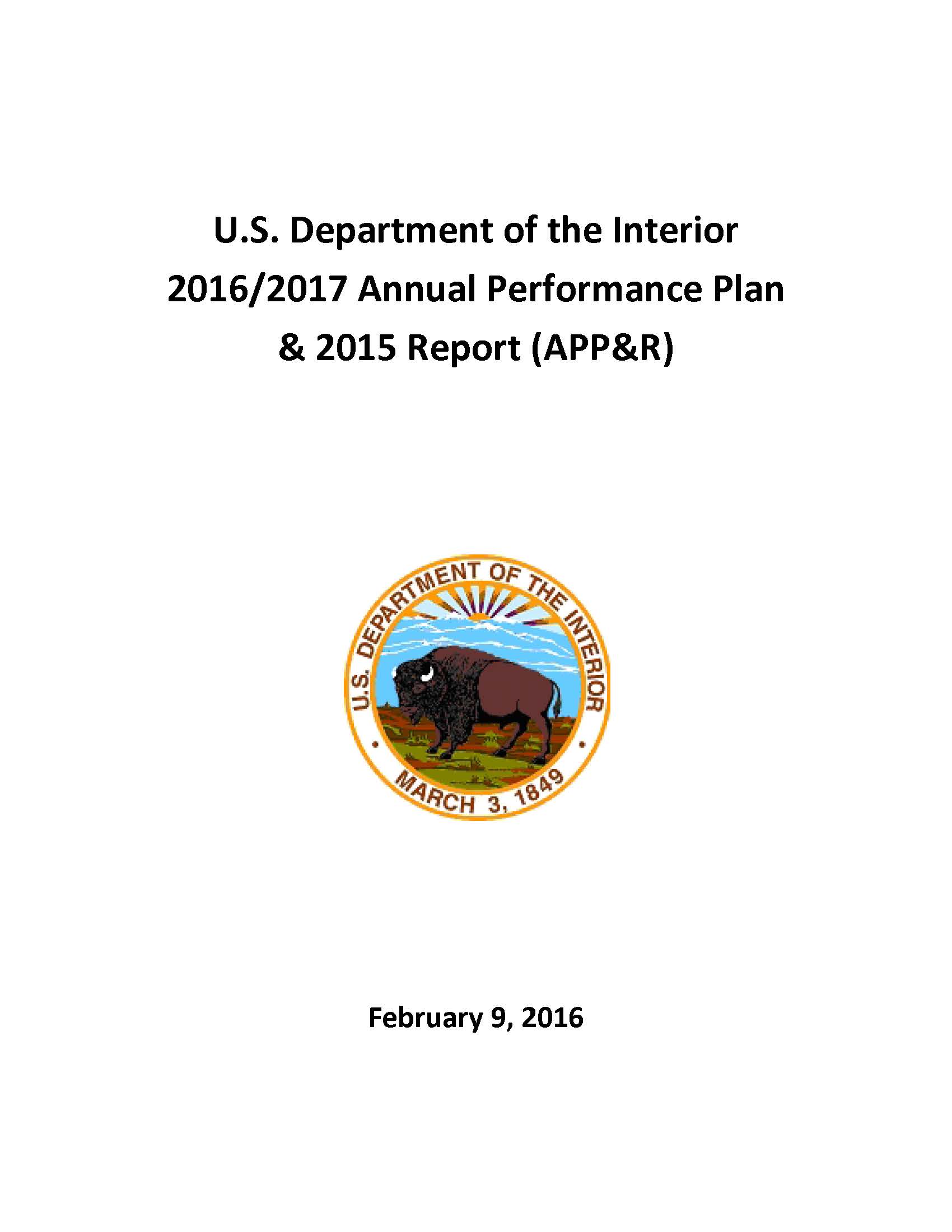- Home
- Agencies
- Department of Agriculture
- Department of Housing and Urban Development
- General Services Administration
- Department of Commerce
- Department of the Interior
- National Aeronautics and Space Administration
- Department of Defense
- Department of Justice
- National Science Foundation
- Department of Education
- Department of Labor
- Office of Personnel Management
- Department of Energy
- Department of State
- Small Business Administration
- Environmental Protection Agency
- Department of Transportation
- Social Security Administration
- Department of Health and Human Services
- Department of the Treasury
- U.S. Agency for International Development
- Department of Homeland Security
- Department of Veterans Affairs
- Goals
- Initiatives
- Programs
Primary tabs
Key to Changes
This text is Revised text
This word has been added to the text
This text is Last Published text
This word has been removed from the text
Modifed styling with no visual changes
Strategic Objective
Identify and predict ecosystem and land use change
Strategic Objective
Overview
USGS data holdings and observation networks are vital to understanding the status and trends and health of our Nation’s ecosystems and natural resources. Many of these databases include decades-long records of observations, collected under strict standards of quality assurance and quality control. These programs fill a key role in adaptive management for the Nation’s ecosystems. Data from Landsat and other land-observing systems operated by the USGS are vital for scientists to understand changes occurring on the Earth’s land surface, and to model their impacts for land and resource managers. Socioeconomic data shows a significant return on Landsat investments, with productivity enhancements and cost savings in the public and private sectors. For example, a study demonstrates the potential for approximately $100 million annual savings by using Landsat-derived applications for better water management for irrigated agriculture in the Western United States. The National Land Cover Database (NLCD) supports thousands of science applications in the private, public, and academic sectors, and offers the only national database portraying land cover change spatially as a comprehensive “wall-to-wall” 30-meter cell database. It also provides a critical data layer in national assessments of biological carbon sequestration, water-quality monitoring, wildfire monitoring and modeling, and biodiversity conservation efforts.
Read Less...Progress Update
The USGS Ecosystems strategic objective supports regional and nationwide monitoring of key indicators of the environmental variability of terrestrial, freshwater, and marine habitats, along with the abundance and distribution of biota, invasive species, wildlife disease, and other ecological features. Performance has risen steadily from FY 2011 through 2015 in conjunction with incremental funding increases from FY 2013 through 2015, with the USGS providing scientific knowledge and tools to land managers and policy makers for decision making. The Land Remote Sensing Program worked with the National Aeronautics and Space Administration (NASA) to determine the path forward for future Landsat missions.








